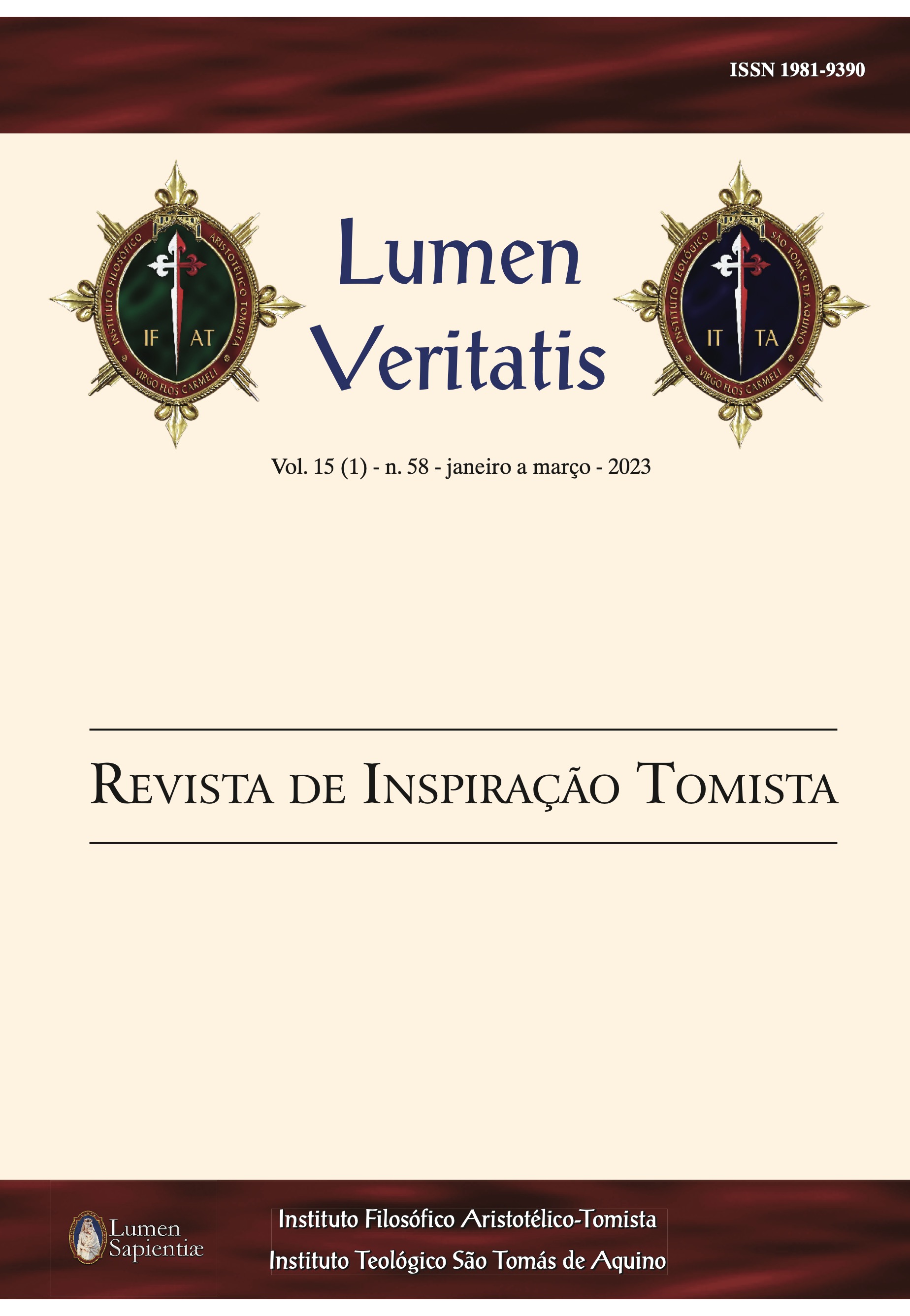É lícito venerar as fotografias, relíquias e objetos pertencentes aos fiéis falecidos em fama de santidade? – Esclarecimentos à luz do processo de Beatificação de Santa Teresa de Lisieux
Palabras clave:
culto público, culto privado, culto aos fiéis defuntos não beatificados, public cult, private cult, cult of the non-beatified deceasedResumen
Desde uma perspectiva pouco estudada, este trabalho analisa os fundamentos teológicos e jurídicos que atualmente regem os processos canônicos responsáveis por elevar à honra dos altares os fiéis defuntos com fama de santidade, e pretende responder as seguintes questões-chave: é lícito invocar a intercessão desses fiéis defuntos, servindo-se de suas fotografias, relíquias e outros objetos pessoais, antes de se iniciar o processo de beatificação? Pode-se qualificar dita devoção como um “culto à personalidade”, desviado da doutrina católica? Qual é o significado canônico do chamado “culto público”, que a Igreja só tributa aos Santos e Beatos? Qual é o significado canônico de “culto privado”? Vinculadas a estas matérias, e a fim de ilustrá-las, outras interessantes questões: Que ensinamentos deixam as animadversiones do Processo Ordinário (1914) e do Processo Non Cultu (1916) contra a beatificação de Santa Teresinha do Menino Jesus? Agiu corretamente o Promotor da fé, Mons. Alessandro Verde, ao censurar certas atitudes da santa carmelita, tais como a recomendação de guardar suas unhas cortadas ou seus pertences? Ao mesmo tempo, tinha razão o segundo Promotor da fé, Mons. Mariane, quando impugnou o incessante afluxo de peregrinos aos Buissonnets? Havia alguma base jurídica para sua alegação de que esses atos eram dificilmente admissíveis, porque eram uma incitação pública a um culto eclesiástico proibido? ///
From a little-studied perspective, this work analyzes the theological and legal foundations that currently govern the canonical processes responsible for elevating the faithful deceased with a reputation for sanctity to the honor of the altars, and intends to answer the following key questions: is it licit to invoke the intercession of these faithful departed, using their photographs, relics and other personal belongings before starting the process of beatification? Can this type of devotion be described as a “personality cult”, deviating from Catholic doctrine? What is the canonical meaning of the so-called “public cult” which the Church only renders to Saints and Blessed? What is the canonical meaning of “private cult”? Other interesting questions related to this study come to light, further illustrating the topic: What teachings do the animadversiones of the Ordinary Process (1914) and the Non Cultu Process (1916) provide with respect to the beatification process of St. Theresa of Lisieux? Did the Promoter of the faith, Msgr. Alessandro Verde, act correctly in censuring certain attitudes of the Carmelite saint, such as her recommendation to keep the remains of your cut nails or her belongings? At the same time, was right the second Promoter of the faith, Msgr. Angelo Mariane, correct in contesting the incessant influx of pilgrims to the Buissonnets? Was there any legal basis for his contention that these acts were hardly admissible because they were a public incitement to prohibited ecclesiastical cult?






